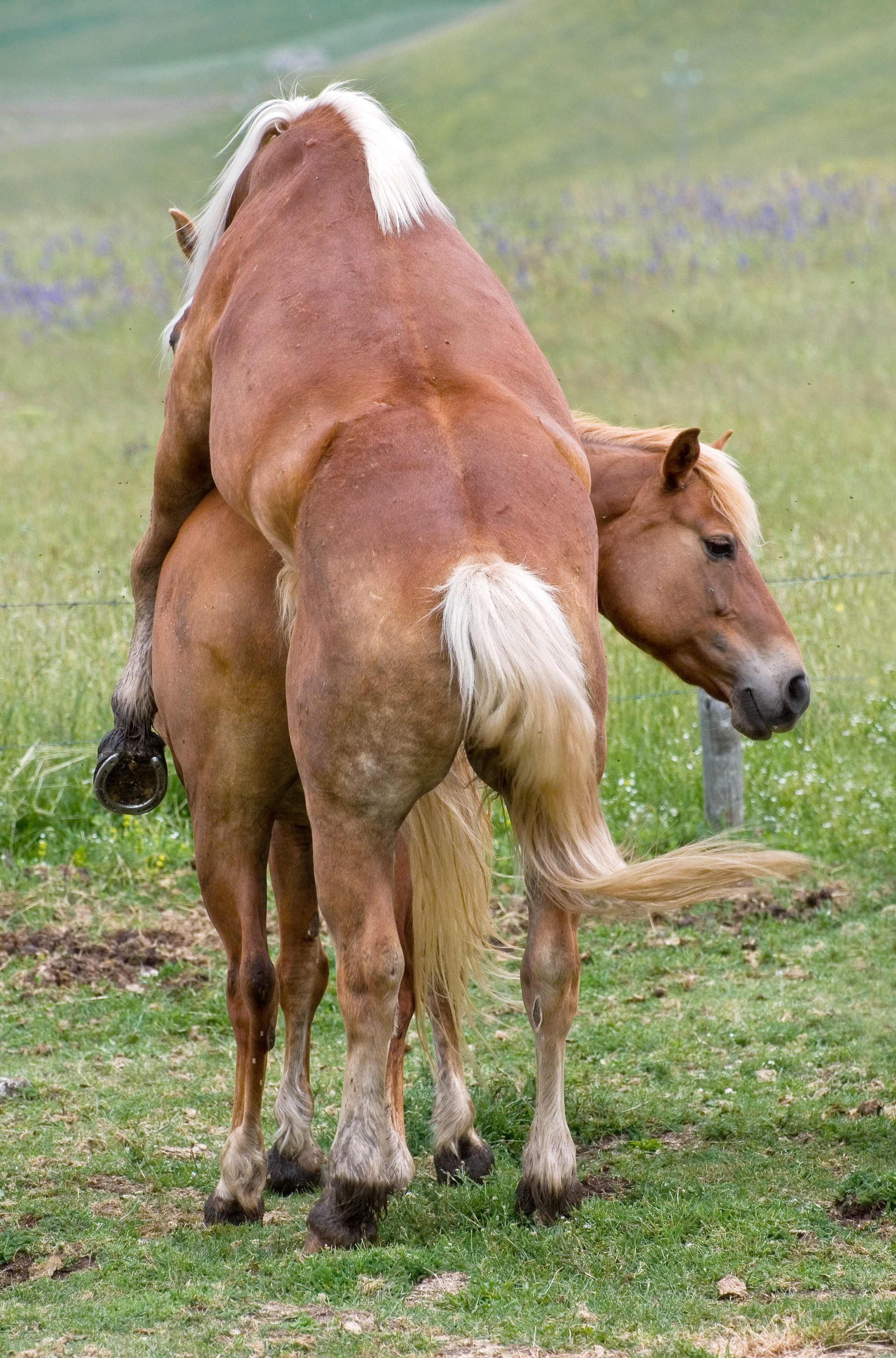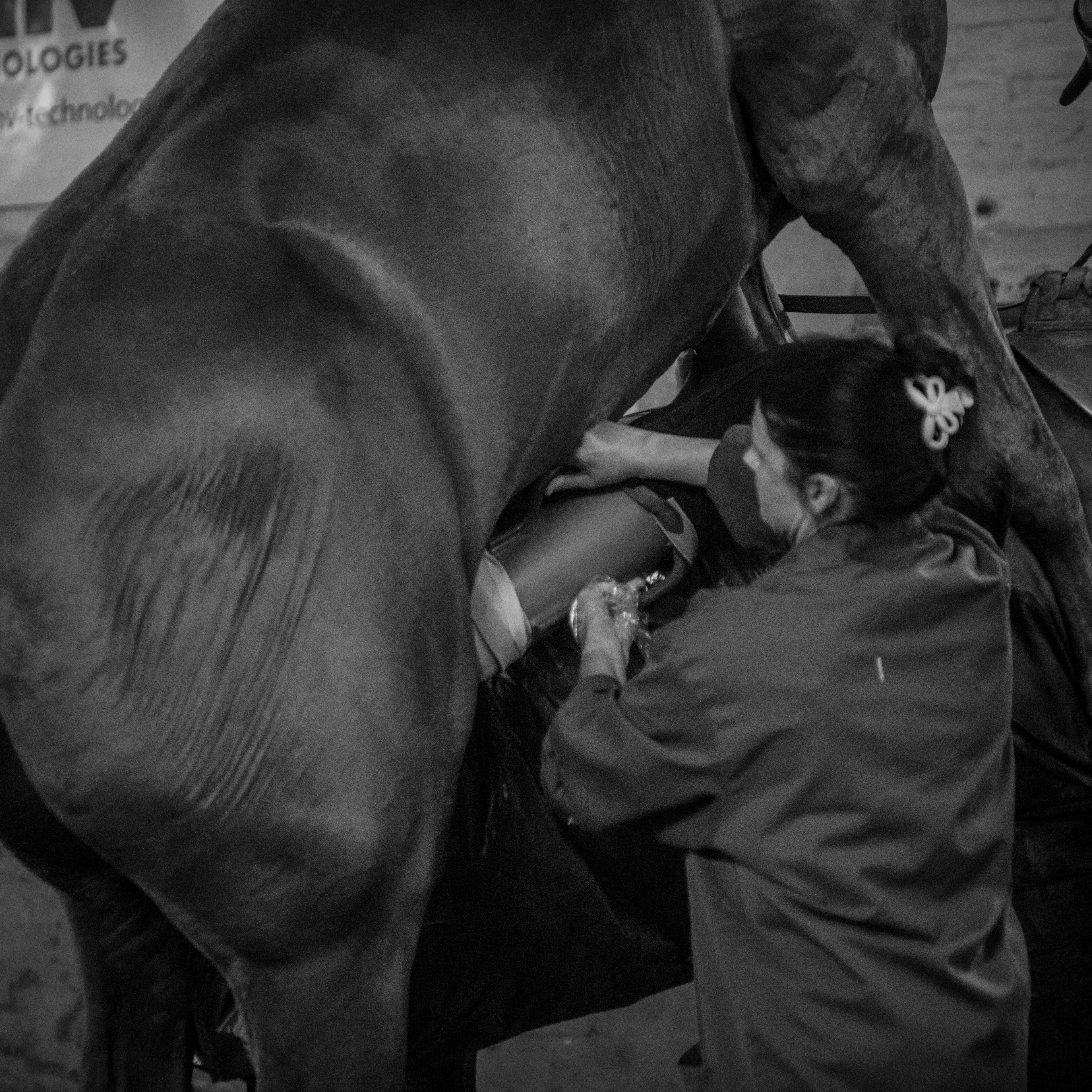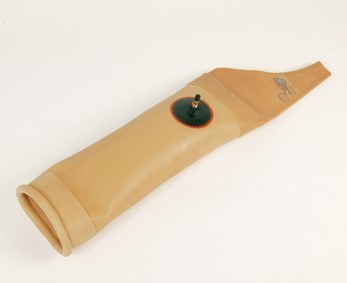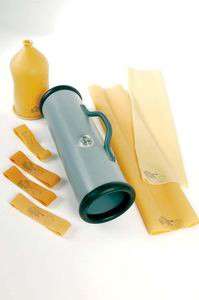
24.04.2018
Strict hygiene measures must be taken during breeding activities in order to prevent pathogens from being spread between breeding animals. To be effective, these measures must be applied across the stud farm as well as to the individual animals.
Breeding hygiene measures have the following objectives:

During covering, germs are passed between the breeding animals © L. Marnay
The objective of stud farm hygiene rules is to prevent the transmission of pathogens (= which cause disease) between breeding animals.
Pathogens are passed between breeding animals:
Any media (material or manual) that come into contact with the genital organs must be sterilized or, failing that, single-use or reserved for an individual animal.
In practice:

Use sterile equipment or, failing that, single-use equipment
Hygiene rules for the mare aim to reduce the quantity of germs that could potentially enter the uterus.
A very large quantity of germs are found on the mare’s vulva. Moving up the genital tract this quantity decreases gradually, and the uterus is free of germs (sterile).
This gradual decrease in the microbial population is explained partly by the difficulty with which germs enter the genitalia (due to the three barriers formed by the vulva, the vestibular seal and the cervix) and partly by the immune defenses of the uterus, which eliminate them.
The usually sterile uterus receives germs during procedures such as covering or insemination (in the semen, during gynecological operations in the vagina or due to an abnormal vulval conformation (allowing air into the uterus carrying a few germs in suspension)) and during foaling. It reacts with an inflammatory response that eliminates the germs (within 1 or 2 days following covering, for example).
The ability of the uterus to fight germs varies from one mare to another and throughout the cycle (it is high during the estrous phase and very low outside this phase).
The uterus must be protected from germs. Otherwise its immune defenses are likely to be overcome, resulting in endometritis.
In practice:

Soaking the penis after collection, in a pot allocated to the stallion © Ifce
Hygiene rules for the stallion aim to keep the penis clean while maintaining the biological balance of its bacterial flora.
The mucous membrane of the penis is covered in an extremely rich microbial flora. These are the germs found in semen during covering or semen collection. This microbial flora protects the penis against other more dangerous germs. It is important to maintain the biological balance of this flora.
Antiseptics must never be used on a stallion’s penis as this could result in colonization by harmful bacteria. They must only be used exceptionally to treat a pathogen on a carrier stallion as prescribed by a veterinary surgeon. Rinsing the penis with warm water is usually all that is required.
In practice:
Hygiene rules during artificial insemination aim to prevent the semen being contaminated with additional germs during the successive semen handling operations.
Insemination has significant health advantages over natural covering. It:
In practice:

The latex cones used for semen collection must be soaked, cleaned, rinsed in clean water followed by demineralized water, dried and stored in a dust-free place, thus eliminating one source of contamination.
© Ifce

